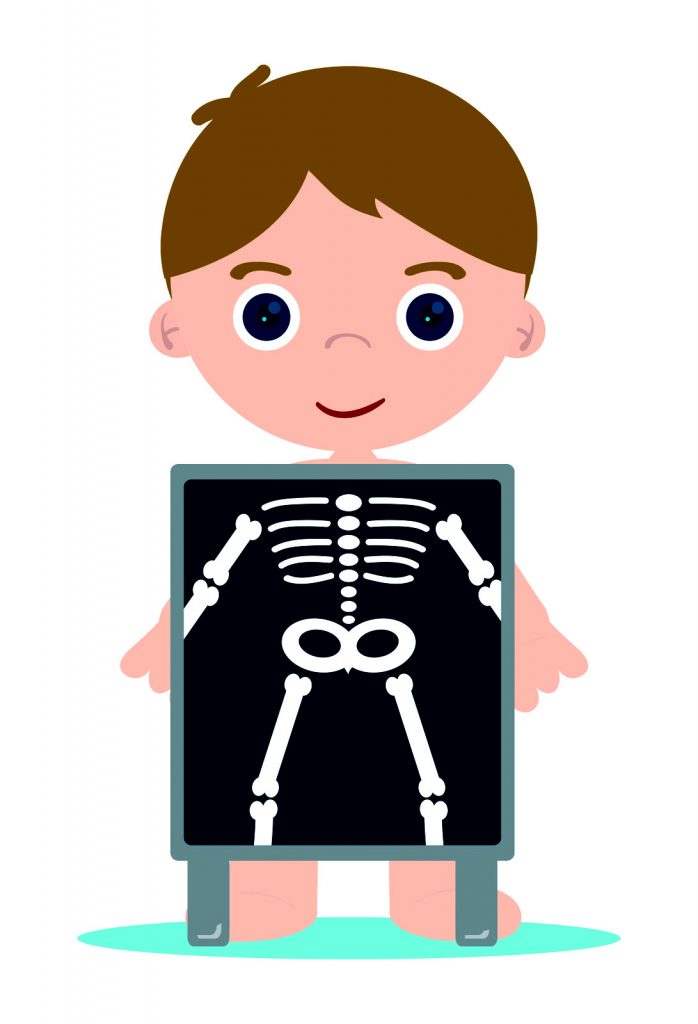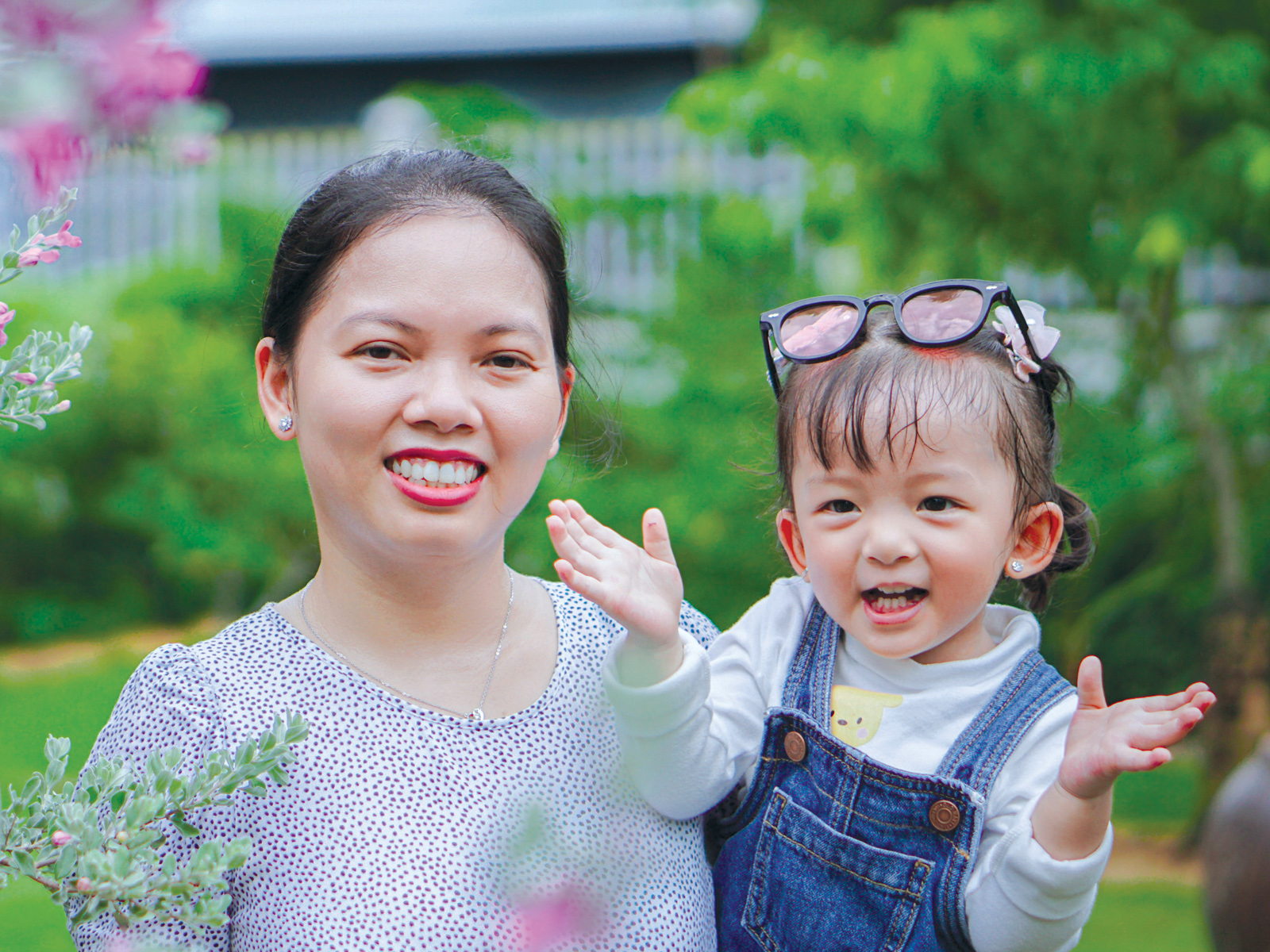How to talk about racism
The way children understand the world evolves as they grow. Here are a few ways to start that conversation and use language that’s age-appropriate and easy for them to understand.
• Recognize and celebrate differences. If your child asks about someone’s skin colour, acknowledge that people do indeed look different, but point out things we have in common.
• Be open. Make it clear that you’re always open to questions and encourage them to come to you with them.
• Use fairness. Little children tend to understand the concept of fairness quite well. Talk about racism as unfair and unacceptable and that’s why we need to work together to make it better.
• Talk openly. Having honest and open discussions about racism, diversity and inclusivity builds trust with your children.
Source: Unicef

Stomach aches?
Why do kids complain of sore tummies when they’re anxious? Experts suggest that when we are nervous or sense danger, our bodily systems slow down. Our energy moves away from digesting food to muscles need for instincts: FIGHT, fight or flee. The unused stomach acid is what makes kids uncomfortable until danger passes and digestion is resumed.
Anxiety Canada.com

Beware of strangers
While family members or acquaintances are responsible for more child abductions, it’s wise to teach your kids to:
• Explain what makes a person a stranger.
• Avoid people following them by foot or car.
• Don’t get close or feel as though you must answer questions.
• Run and scream if someone tries to touch them.
• Memorize a secret code word that only family and friends know.
Source: myhealthalberta.ca

#highandlocked
Only 25% of parents who consume cannabis store it properly. Avoid the risk of your kids thinking edibles are candy and keep your stash safely stored.
Source: Ipsos.com

Playing dress-up
Creating a dress-up bin and giving kids a chance to dream and use their imagination is also a great way to practice self-care skills. While pretending to be a variety of different characters using career themes, or favourite superheroes from books, movies or television they sample different roles and based on their abilities, put on and take off accessories and articles of clothing and work with Velcro, zippers and snaps.

Lefties rule
Did you know that left handed day is August 13th every year and that left-handers:
1) Make up 12% of the world’s population.
2) Are 23% more likely to be male.
3) More likely to live with autism.
4) Are twice as likely to experience migraines.
5) Usually better at tennis and baseball.
6) Are 11% more likely to suffer from allergies.
Leftyfretz.com

Did you know?
A child has 300 bones, which fuse into 206 over time.
Source: healthline.com














